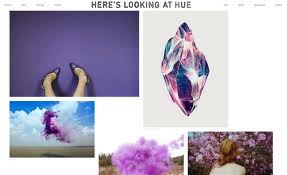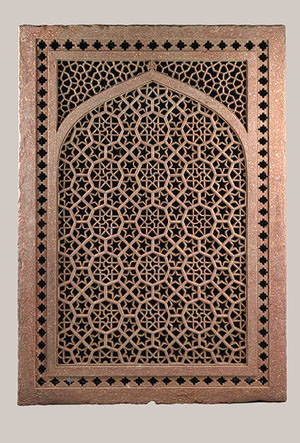
For this response, we were told to identify main ideas of each text and relate them to separate works of art. This specific reading requirement really showed me
that computers and programming can truly be called an artform, and are not part of an "other" category. This reading also showed me the possibilities of art and how far one can take their artistic capabilities.
Reading 1: Erkki Huhtamo "Trouble at the Interface or the Identity Crisis of Interactive Art"
One of the main ideas for this reading was how it is somewhat difficult to combine software with interactive art some what seamlessly and to create an original piece.
One problem that I had was finding interactive art that included software which was not something that I had seen before in which
the user could instantly interact with the work while they were viewing it. I wanted to find something in which the experience was a little more complex. I then stumbled upon this work by The Neighborhood, a studio in Manchester.

This interactive display uses the footage from the Manchester International Festival which is then projected onto
this five foot head which was built out of laser cut planes. This display is somewhat indirectly interactive, however, if someone is attending or a part of the festival, they
will also be a part of this display, making this a unique experience to those who are a part of both the festival and the display. This uses streaming technology
to project the footage on the face 24/7.
Reading 2: Lev Manovich "Database as Symbolic Form"
This reading dives into the idea of the database and all forms that it could take. One aspect of the idea of the database and how it
connects to art through compiling data. Through cataloguing something, the act of doing so can create a certain aspect of unity that would otherwise be ignored.
One artwork that utilizes the database as the platform of their meaning is a blog titled "Heres Looking at Hue" which catalogues photos together which contain the same hue.

This blog creates unity within photos and also gives credit to each source of the image. This website shows flow and is quite
extensive within each category of color, giving a wide arrange of interesting subjects brought together through one hue. This piece create a look of
sharpness and monotone edge that one would not expect from a catalogue of colors. Because the photographs are monitored, a photograph must
have a certain quality behind it to be a part of the website, which in this case is to have a clear defining hue as the subject.
Reading 3: Janet Zweig "Ars Combinatoria: Mystical Systems, Procedural Art, and the Computer"
One main idea that captivated me from this article was the thought of combining spiritual art with the procedural aspect of combination, variation, and permutation art.
This idea gives spiritual artwork a structure and makes the procedure itself have a deeper meaning of practice. One piece that I found interesting which
was created during the second half of the 16th century in Mughal India was a Jali screen which utilizes the combination and variation of stars and triangle shapes
in a geometric pattern.

This piece really illustrates how the procedure can become method to spiritual images and emotion. As an artist, one can picture
how much time this piece must have taken, especially in an era where machines are almost non-existant and these pieces must have been
handmade over long periods of time. These combinations of stars form brilliant images and patterns that have in no question connection to the spiritual
mindset that now can be connected to images that are so easily made by the computer. With the ability for these to now be made by the machine and
computer, making them handmade could give in even greater spiritual weight in todays time.